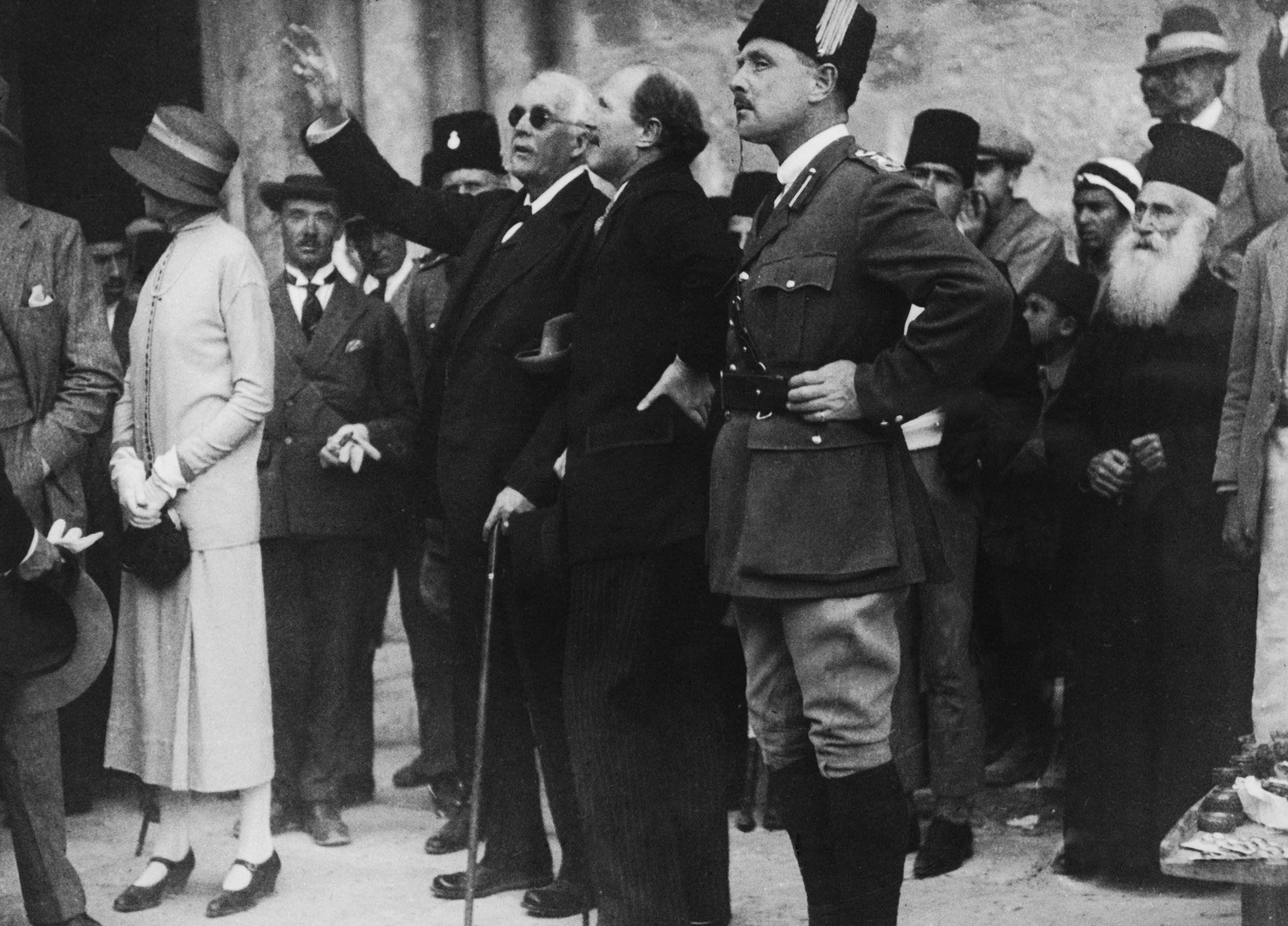
IT was in this week of 1902 that a Scottish politician, Arthur Balfour, became prime minister of the United Kingdom of Great Britain and Ireland. Balfour will be remembered for one thing which did not even happen while he was in residence at No 10 Downing Street.
Just as Boris Johnson will always be associated with Brexit, the vote on which took place three years before he became PM, so Balfour will forever be known for his eponymous Declaration which occurred long after he had left Downing Street.
The Balfour Declaration of November, 1817, was the first major expression of support for a “national home for the Jewish people” in Palestine by any of the major powers and was hugely influential in its time. It was the policy of the British Government conveyed to Lionel Walter Rothschild, Second Baron Rothschild, a former Tory MP and a leader of the Zionist cause, by Arthur Balfour in his then role as foreign secretary.
I am often amazed at how many people misunderstand the Balfour Declaration. I suspect only a few people will actually have read it, so here it is in full:
Dear Lord Rothschild,
I have much pleasure in conveying to you, on behalf of His Majesty’s Government, the following declaration of sympathy with Jewish Zionist aspirations which has been submitted to, and approved by, the Cabinet.
His Majesty’s Government view with favour the establishment in Palestine of a national home for the Jewish people, and will use their best endeavours to facilitate the achievement of this object, it being clearly understood that nothing shall be done which may prejudice the civil and religious rights of existing non-Jewish communities in Palestine or the rights and political status enjoyed by Jews in any other country.
I should be grateful if you would bring this declaration to the knowledge of the Zionist Federation.
History will eventually conclude whether the Declaration was right or wrong, but it happened during a World War – when Britain was having to deal with the consequences of the break-up of the Ottoman Empire – and there’s no doubt that it was very influential, with President Woodrow Wilson of the USA firmly backing it.
Balfour will always be associated with his Declaration and in some ways that is a pity because he was a rather more substantial figure than simply the name on a government policy that favoured a cause and campaign.
Born on July 25, 1848, at Whittingehame House in what is now East Lothian, Balfour was the son of the very wealthy businessman and Tory MP James Maitland Balfour and his wife Lady Blanche Gascoyne-Cecil, the daughter of the Second Marquess of Salisbury. Her brother, the Third Marquess, would become Prime Minister, so Balfour was born into a political family of some power and influence.
His father died of tuberculosis at the age of just 36 when Arthur Balfour was just seven. As the eldest son in a family of eight children, Balfour was given the best education that money could buy, and he attended Eton College before matriculating at Trinity College, Cambridge. He graduated in 1869 with a degree in the subject then known as moral sciences, which equates to philosophy.
Balfour had a doomed relationship with his cousin, May Littleton, but she died of typhus in 1875 and he never married, though he had long relationships with other women. It was always clear that Balfour would enter politics and in 1874 he was elected as Conservative MP for Hertford.
He was not just a career politician, however. It is often not realised that Balfour was an academic who was highly rated for his works on philosophy – his 1879 work Defence Of Philosophic Doubt put him in the front rank of British philosophers at the time.
Yet politics drew him in. His biographer, the brilliant historian Sydney Zebel, cited his assets for political life – a strong ambition that he kept hidden, shred political judgement, a knack for negotiation, a taste for intrigue and care to avoid factionalism. He was also an excellent debater and orator.
In what was a rare example of genuine nepotism, Balfour’s uncle Lord Salisbury, appointed Balfour to the post of secretary for Scotland which in those days gained him a seat in the Cabinet. He was also President of the Local Government Board. It was his move to become chief secretary for Ireland in 1887 which made his name, not least because in September that year he defended the Royal Irish Constabulary after three nationalist demonstrators were killed during a protest – he was nicknamed Bloody Balfour after that.
He had more enlightened policies on Irish land distribution, which he saw as inspiring Home Rule. Balfour’s public reputation rose as violence declined in Ireland, and during the Conservatives’ period in opposition in the 1890s, he was seen as the party’s most effective negotiator and propagandist. After the party returned to power in coalition with the Liberal Unionists, Balfour became First Lord of the Treasury – the last person to hold that office and not be prime minister. In that role, he began his fascination for foreign affairs. When Lord Salisbury resigned, Balfour was the obvious candidate for the job of prime minister, and for three years he performed well in the office.
Yet he was unable to resolve the deep split in the Cabinet and Tory party over the issues of free trade and tariffs, and with ministers resigning all around him, he felt he had no choice but to resign himself, and in the subsequent general election, he even lost his seat at Manchester East.
He returned to Parliament quite quickly and went on to serve in Government until 1929, having a career in public office that was second only to Winston Churchill’s in length.
Created a peer in 1922, his health declined from 1928 and he died at his brother’s house in Woking on March 30, 1930, being buried at Whittingehame Kirk.







